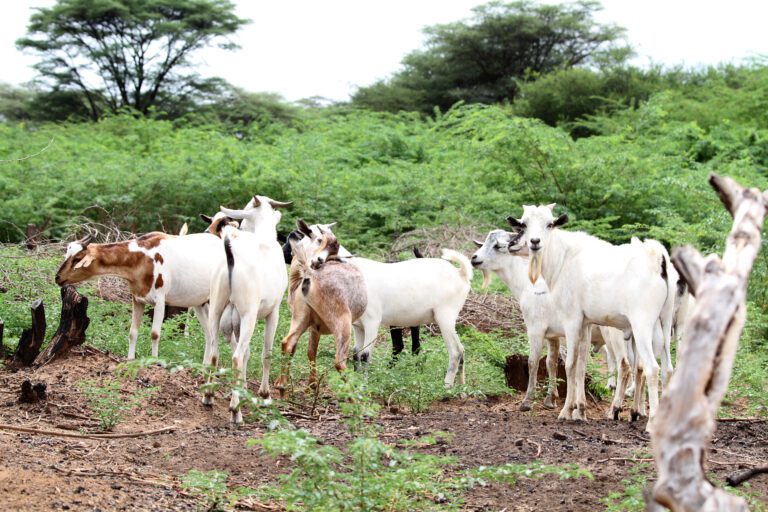
Roadmap for the development of diagnostic tests for FMD
Download FMD Diagnostic Roadmap7
Host-pathogen interactions
Dependencies
Next steps
Research Question
What are we trying to achieve and why? What is the problem we are trying to solve?
To gain an improved understanding of how FMDV enters, replicates and survives in and is released from infected cells.
Research Gaps and Challenges
What are the scientific and technological challenges
(knowledge gaps needing to be addressed)?
- Exxplain the mechanisms that govern permissiveness to infection of distinct species- breeds, and how do these factors apply to variability of virulence across cattle breeds
Solution Routes
What approaches could/should be taken to address the research question?
Exploitation of precise, quantitative, high-throughput molecular techniques to study FMDV for advancing understanding of pathogenesis at the cellular level.
Characterise the interactome of FMDV
Dependencies
What else needs to be done before we can solve this need?
Genome sequence of various FMDV isolates.
State Of the Art
Existing knowledge including successes and failures
How the virus evades innate immunity:
FMDV has evolved many strategies exploiting each region of its small RNA genome. These include: (a) inhibition of IFN induction at the transcriptional and translational level, (b) inhibition of protein trafficking; (c) blockage of specific post-translational modifications in proteins that regulate innate immune signalling; (d) modulation of autophagy; (e) inhibition of stress granule formation; and (f) in vivo modulation of immune cell function.
Projects
What activities are planned or underway?
spatial model of foot and mouth disease outbreak in an endemic area of thailand
Planned Completion date 01/10/2021
![]() Netherlands
Netherlands
Epidemiology of foot-and-mouth disease outbreaks in Thailand from 2011 to 2018
Planned Completion date 01/11/2022
![]() Netherlands
Netherlands
